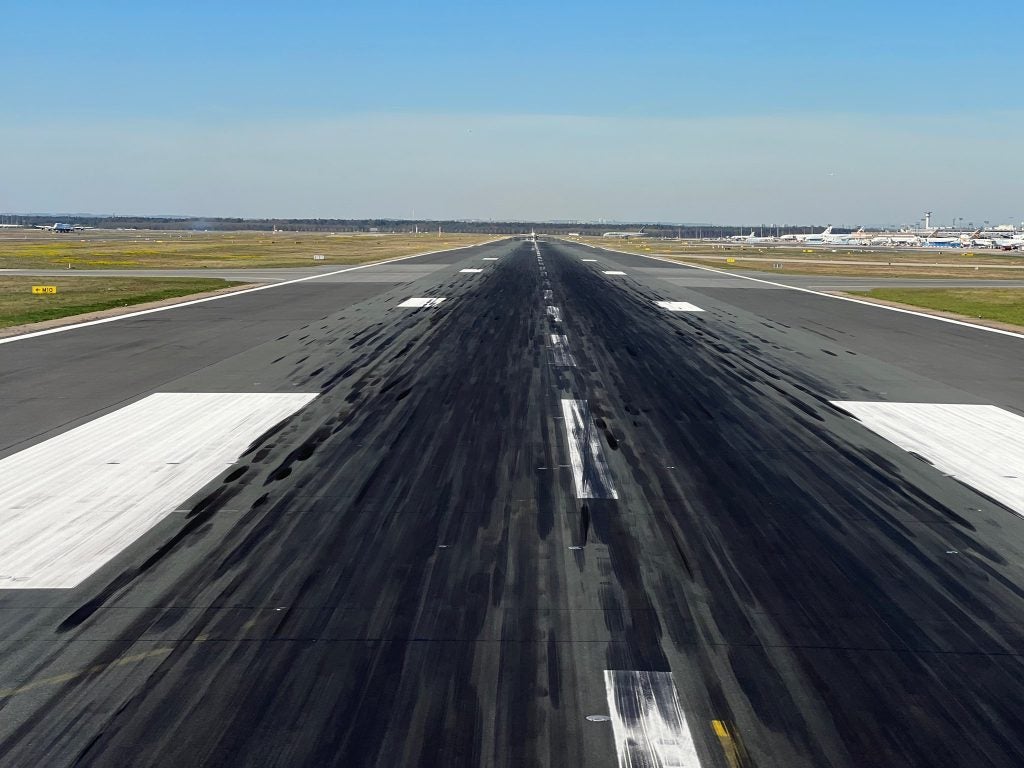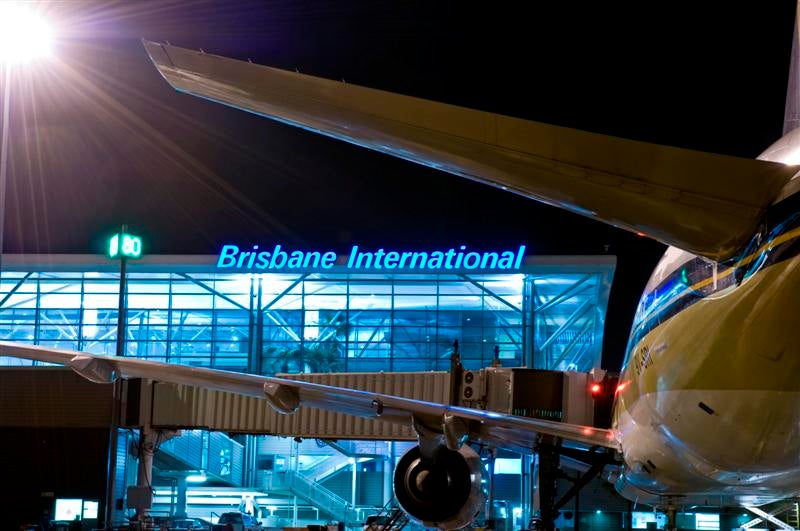
If one thing has been learnt since the information age dawned on the airline industry, it is that IT is the key enabler of all the processes that make airport operations possible. It seems logical, therefore, that any new airport with the chance to build its IT architecture from scratch would benefit from the experience of others.
Athens International Airport (AIA), which began construction in late 1996 and opened its doors to the public in March 2001, took this logical step. IT featured among the principal priorities in the €2bn infrastructure project. As a result, the airport, which currently has a capacity of 50 million passengers per year, is among the most sophisticated in the world.
Many aspects of the design are intended to anticipate future changes. For instance, AIA has two runways, set 1.5km apart, so that it can, if necessary, be operated as two separate airports. The same forward-looking approach was needed for AIA’s technology and communications strategy.
"The fact that it was a greenfield development was a fantastic starting point," says Fotis Karonis, CIO at AIA. "From 1997, I spent my time flying round the world to talk to airports and assess their feelings about IT. From that we developed a master plan and got the authority to develop an airport-wide IT concept, which was something entirely new."
Karonis’ clean slate was enviable, particularly for major airports that have had to constantly update and refresh their IT infrastructure in a piecemeal way over the last ten or 20 years. In many instances he found a complex network of legacy systems, often with each carrier requiring their own separate system, leading to more fragmentation within an already complex IT architecture.
See Also:
"Airports are large communities," he remarks. "There are 17,000 people working here and 350 separate companies, so it is difficult to manage IT across the entire infrastructure."
How well do you really know your competitors?
Access the most comprehensive Company Profiles on the market, powered by GlobalData. Save hours of research. Gain competitive edge.

Thank you!
Your download email will arrive shortly
Not ready to buy yet? Download a free sample
We are confident about the unique quality of our Company Profiles. However, we want you to make the most beneficial decision for your business, so we offer a free sample that you can download by submitting the below form
By GlobalDataINTEGRATED APPROACH
Having identified fragmentation as the main problem, Karonis created a vision of an IT infrastructure with no barriers between carriers, airport authorities and commercial companies operating in the airport. After persuading individual companies not to invest separately, he went about designing a network that would offer broadband internet and IP access to all, laying a scalable foundation that could grow with users’ needs.
"We are reaping the fruits of our labour," says Karonis. "Now, it is easy to change or add new airlines or to adapt our network in line with consumers’ wishes. We have a gigabit IT backbone for internet computing, which is a very cost-effective and user-friendly way to operate in a large community."
With all the companies in the airport connected over a single data network, many synergies are possible, some of which directly affect the speed of passenger and baggage processing and, therefore, capacity.
SECURITY ISSUES
With the Olympic Games taking place in 2004, aircraft and passenger processing were not the only major concerns. Security was another priority and, here too, the integrated IP network offered numerous benefits.
Using a secure, wireless network accessible through PDAs and laptops, AIA could operate sensors at gates and other fixed points throughout the airside areas, which can be used to check the identity of staff entering sensitive areas. Security and capacity issues were further addressed using kiosks around the airport – again connected to the common IP network – that enable passengers to check in at the Olympic Village or major hotels in the city, from the airport.
The fact that AIA knew it would have to accommodate the Olympic Games incentivised all parties involved to cooperate in developing a versatile, high-capacity data and communications network. The airport’s appetite for further development remains unchecked now that the Games are behind it.
COMMON INFRASTRUCTURE
In 2002, AIA began implementation of the Intelligent Airport Solution from Cisco. Recognising that its IT policy has been a key driver of its success, the airport decided that Cisco’s common infrastructure for voice, data and video would enable it to deploy more cost-saving applications that would benefit both passengers and staff.
One target was to provide complete connectivity services, including wireless hotspots and IP telephony, by converging separate networks into a single, secure, flexible framework. Ultimately, the move will allow AIA to further improve the efficiency of passenger and baggage processing, raise capacity and deliver new network applications at a lower cost.
Already, the project has resulted in 100 new wireless local area network (WLAN) access points throughout the terminal, while the pilot phase of IP telephony
implementation is also complete. In 2005, the next stage of the WLAN project began, aiming for full wireless coverage across all airport grounds, including the runway and, eventually, on aircraft.
Looking ahead, AIA is already seeking to take a lead on technology developments that could deliver major efficiencies. On the security side, Karonis believes that biometric devices will become commonplace for access control, and AIA has already installed many biometric identification devices, underpinned and enabled by the integrated data architecture.
Staff at AIA are required to undergo iris scans in order to access key operational areas within the airport. So far, Karonis reports 100% accuracy from the system. He wants to pursue the technology on a global level.
Amid efforts at standardising the implementation of biometric devices on an international level, AIA’s wish to stay ahead of the IT curve has led it to engage in its own evaluation of competing systems. Alongside iris scanning technology, AIA is conducting trials of a fingerprint identification system at vital locations within the airport.
STREAMLINING PASSENGER FLOWS
Though biometrics may be the dominant trend for access control for some time to come, the technology that Karonis thinks could make the most difference to the efficiency of an airport is common-use self-service (CUSS) technology. CUSS technology is one of the key focal points of the European Commission’s project to streamline processes within the airline industry and strip out cost.
The concept of self-service kiosks is not new. Indeed, they are familiar sights in many airports around the world. What is novel about CUSS is the concept of airlines sharing this infrastructure.
"Now that we have state-of-the-art IT architecture we are looking at new consumer requirements, and increasing capacity is very important," says Karonis. "We are looking for simpler, faster check-in, so we are focusing on CUSS."
Until now, airlines built and operated their own automated check-in kiosks for the convenience of their passengers. The idea behind CUSS is to link airlines’ own kiosks to the integrated IP network, enabling passengers to use them regardless of the airline with which they are flying or the destination to which they are travelling.
Coupled with technology that allows passengers to print their own boarding cards, either at the airport or at home, CUSS could have an enormous impact on the cost and efficiency of passenger processing. Furthermore, the added convenience could well improve customer satisfaction, which will benefit both passengers and airports.
A STEP AHEAD
From Karonis’ perspective, specific advances such as CUSS or WLAN capability are the logical consequences of taking a much broader approach to IT, where technology issues are embraced and prioritised by senior management, not just CIOs. This has
certainly been the policy at AIA, and the airport continues to set the standard for IT integration.
"You need to be one pace in front if you are to get the best value and the best ROI," he says. "You need to have a culture of IT, then you can blend low-cost solutions, deliver more services and increase capacity with your existing infrastructure."
As part of its proactive approach to IT and communications, AIA is already examining the next stage of technology development, with mobility still a key issue. Many airport operators would do well to learn from AIA’s development.






